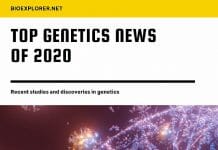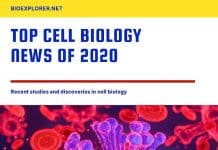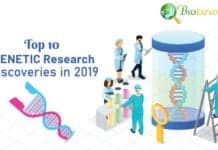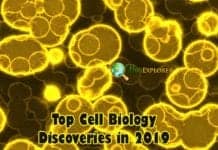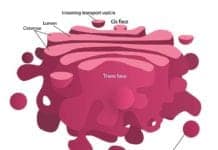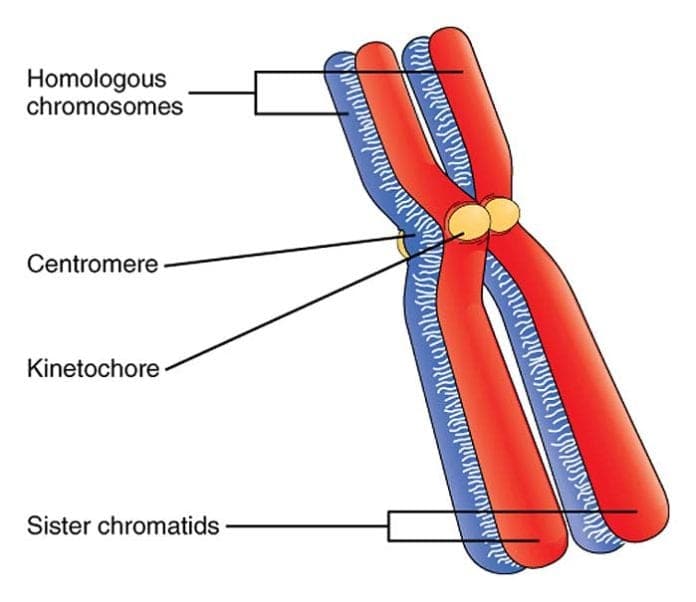
What Is A Homologous Chromosome? Each living cell, be it animal, plant, or bacterial cells, has its genetic material (DNA) packaged into coiled structures called chromosomes.
While they are known to be located in the nucleus, chromosomes are only visible when the cell is undergoing division. Most of what was found out by studying chromosomes during this process.
But have you ever heard about “homologous chromosomes“, or been confused by the term? Here find out what these homologous chromosomes are how they behave during different stages of cell division and cell cycle.
Table of Contents
What is a Homologous Chromosome?
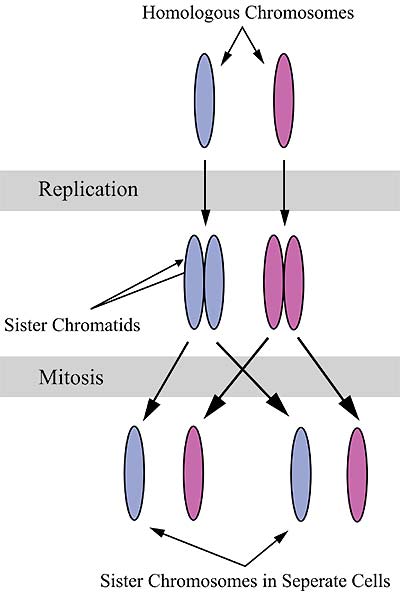
Homologues[1], or homologous chromosomes, are pairs of chromosomes that come from each parent. In terms of structure, they have the same length and amount of genes, banding pattern, location of genes, as well as the location of centromeres.
- Despite being similar in most aspects, they come from different alleles; meaning the genes may or may not be alternative forms of one another.
- Basically, diploid organisms, like humans, have two pairs of homologous chromosomes that are inherited from the mother and father.
Should you need more graphical illustrations, you may click this video below:
![]()
During Mitosis
During this stage, the homologous chromosomes become duplicated and start to fuse as sister chromatids. These sister chromatids[2] are simply replicated chromosomes that are attached together in a region called centromere.
- During anaphase, the sister chromatids start to segregate to opposite poles and finally after mitosis are separated between daughter cells.
![]()
During Meiosis
The behavior of sister chromatids is slightly different during meiosis. In this phase, the homologous chromosomes form the sister chromatids that pair into tetrads. Also during this stage, the homologous chromosomes exchange some of their genetic material in a process called recombination.
- This genetic recombination is what produces the variation of genes. The homologous chromosomes segregate during meiosis I whereas the sister chromatids during meiosis II.
- The resulting daughter cells are four and already haploid that have half the number of the chromosomes.
Note: Also refer to the differences between chromosomes and chromatids here.
![]()
During Non-Disjunction
Nondisjuntion refers to the error that occurs when chromosomes try to separate during anaphase (be it mitosis or meiosis). The fertilization of the cells that contain the defective chromosomes may result to either not enough number or too many chromosomes.
- The occurrence of nondisjunction may become detrimental to organisms as this may result to genetic abnormalities producing physical defects.
- Should nondisjunction occur in mitosis, the organisms will exhibit the inaccurate number of chromosomes during the formation of the embryo.
- If nondisjunction happens in meiosis I, the homologous chromosomes will fail to separate whereas if during meiosis II, it is the sister chromosomes that will fail to do so. In both cases, the mutation can be passed on to the next generation.
![]()
Humans generally have 46 chromosomes (2n), with the first 22 pairs being the autosomes and the last one being the sex chromosomes X and Y. With that said, can you give any importance of homologous chromosomes to us?
![]()



